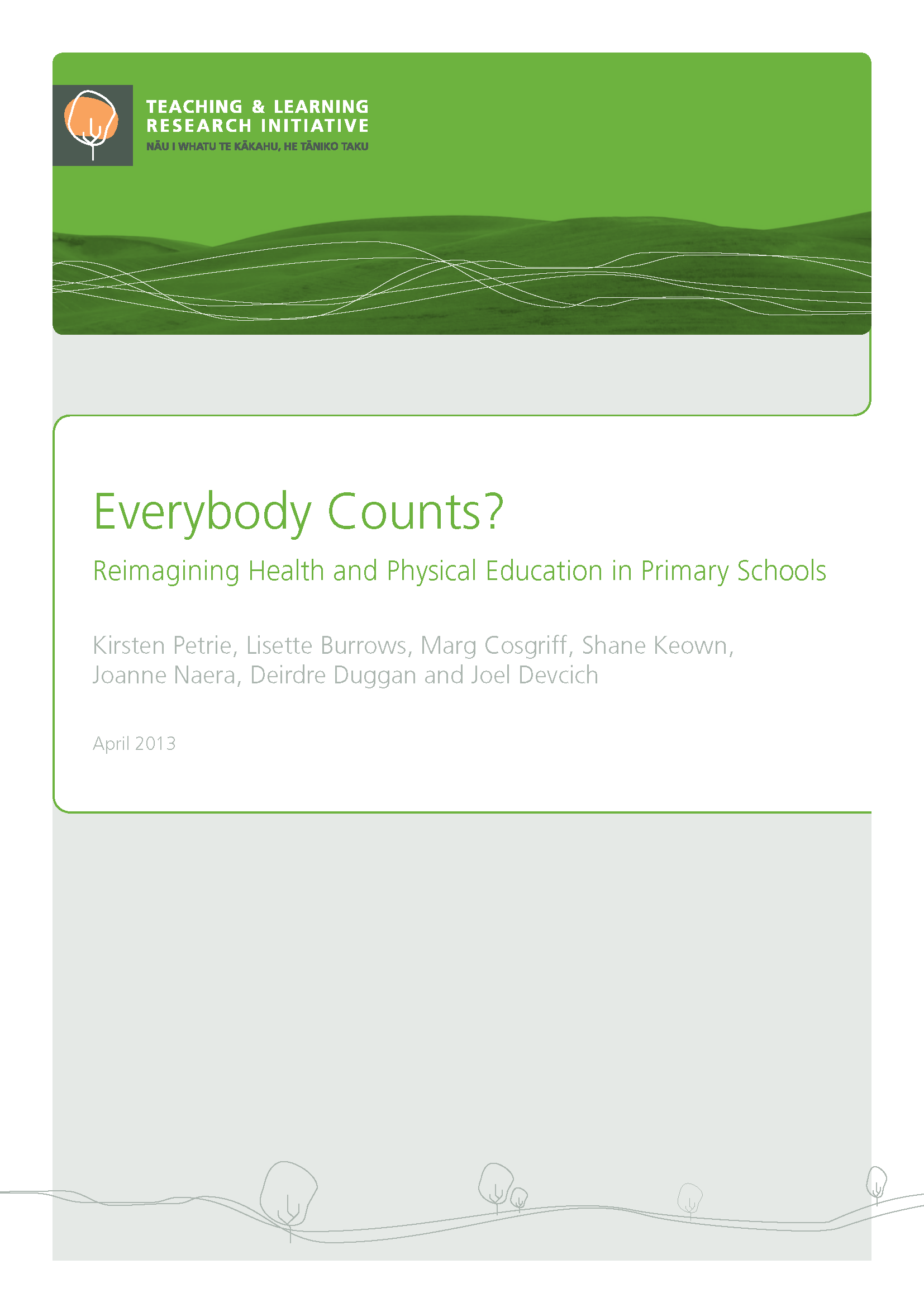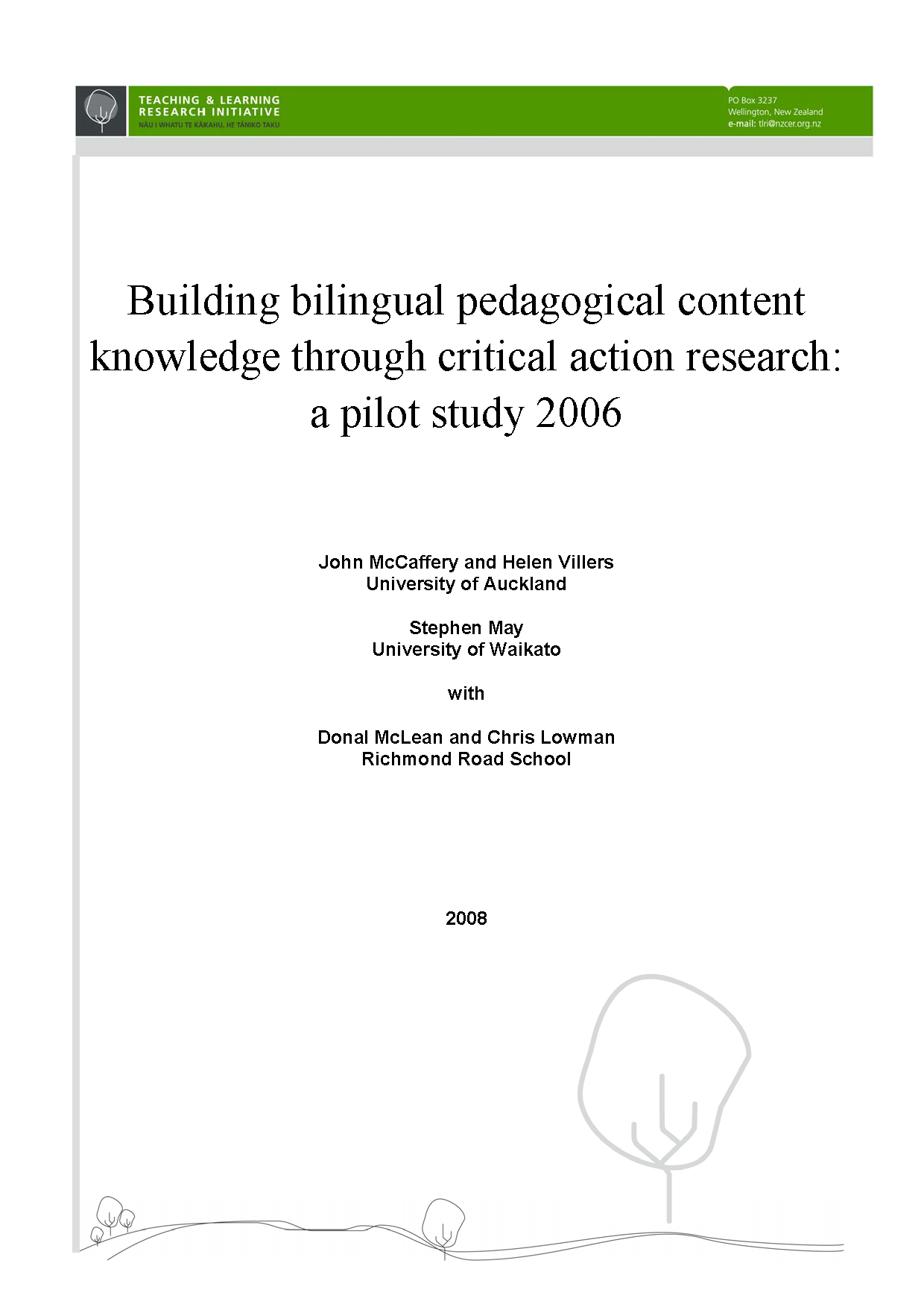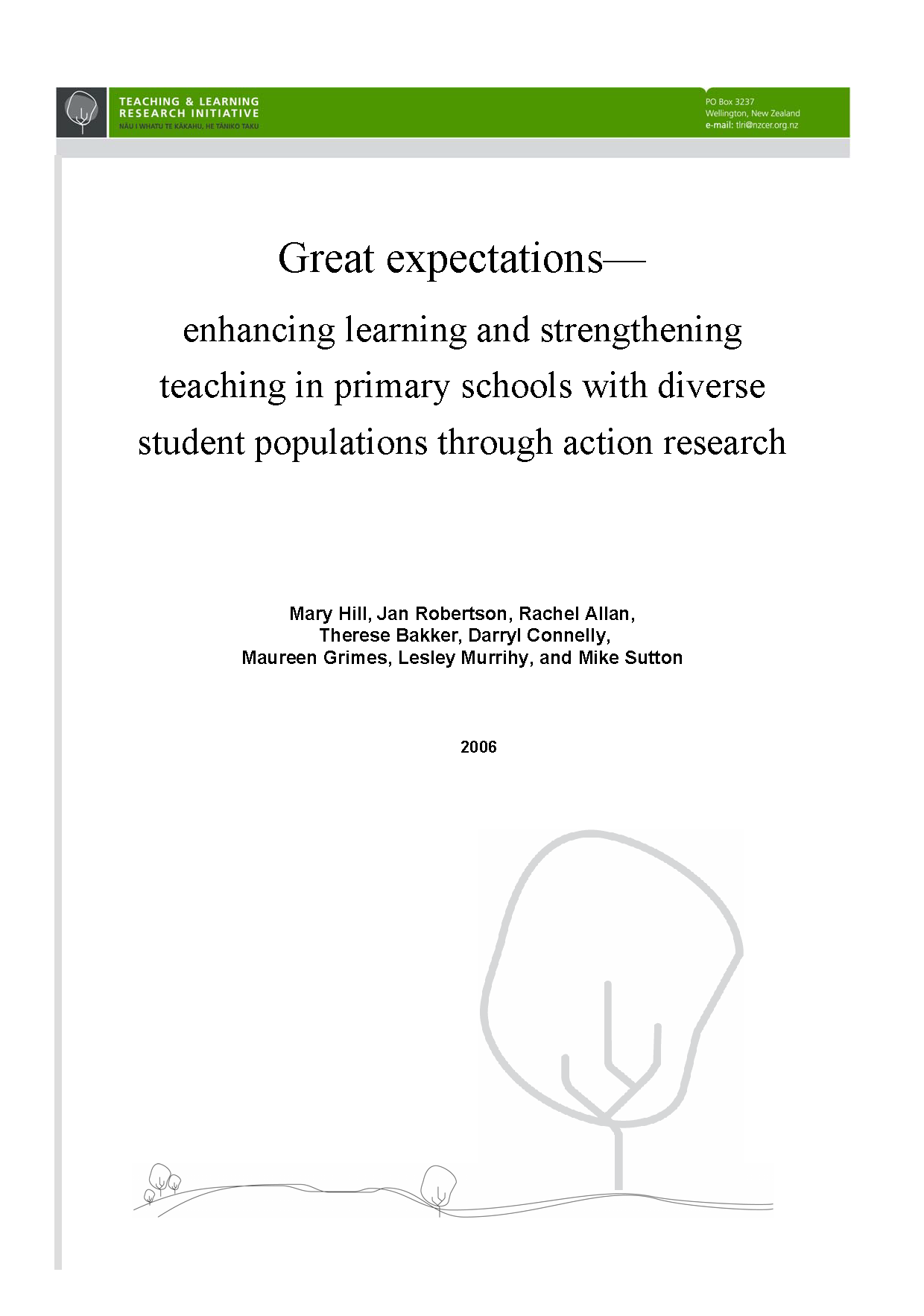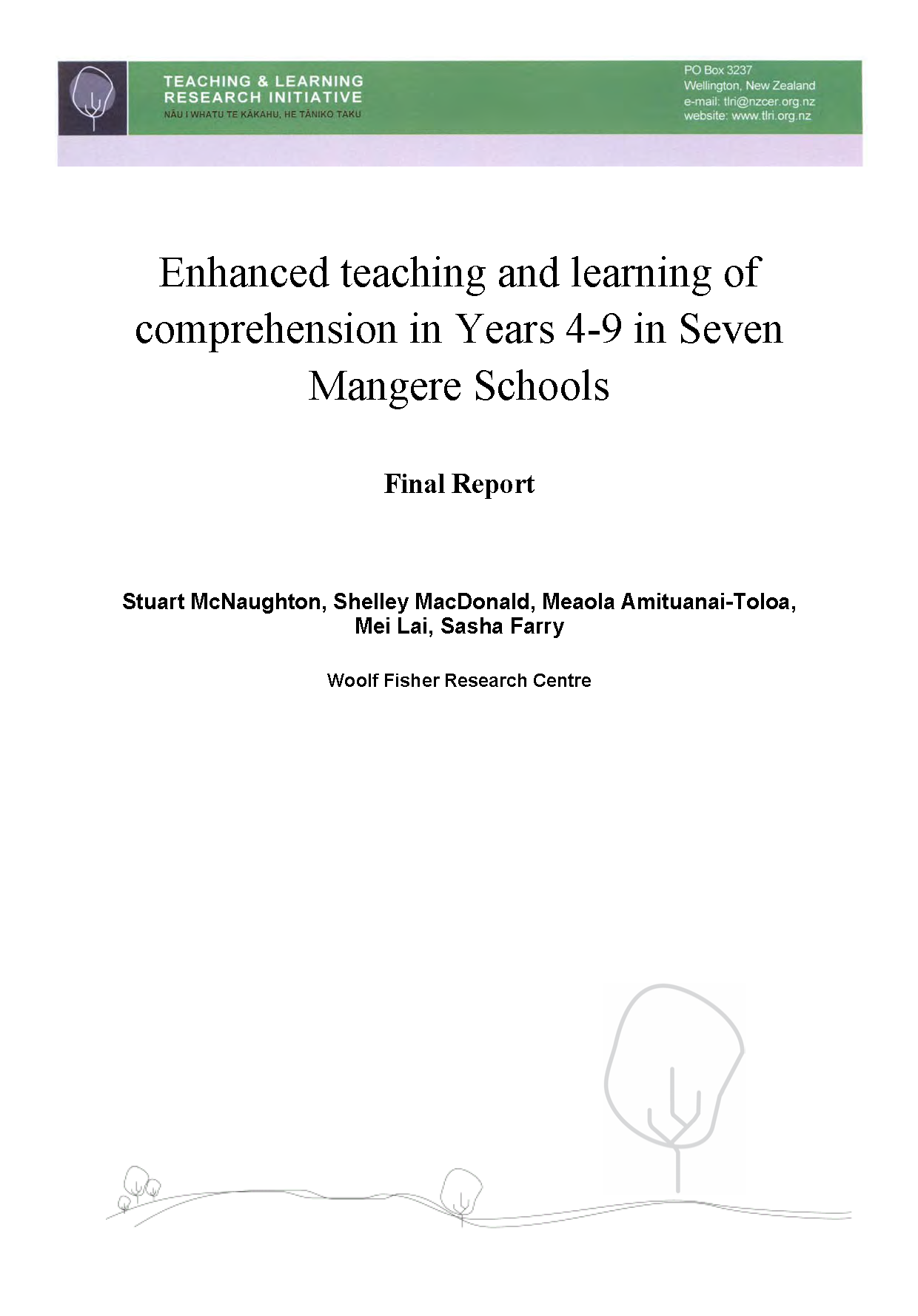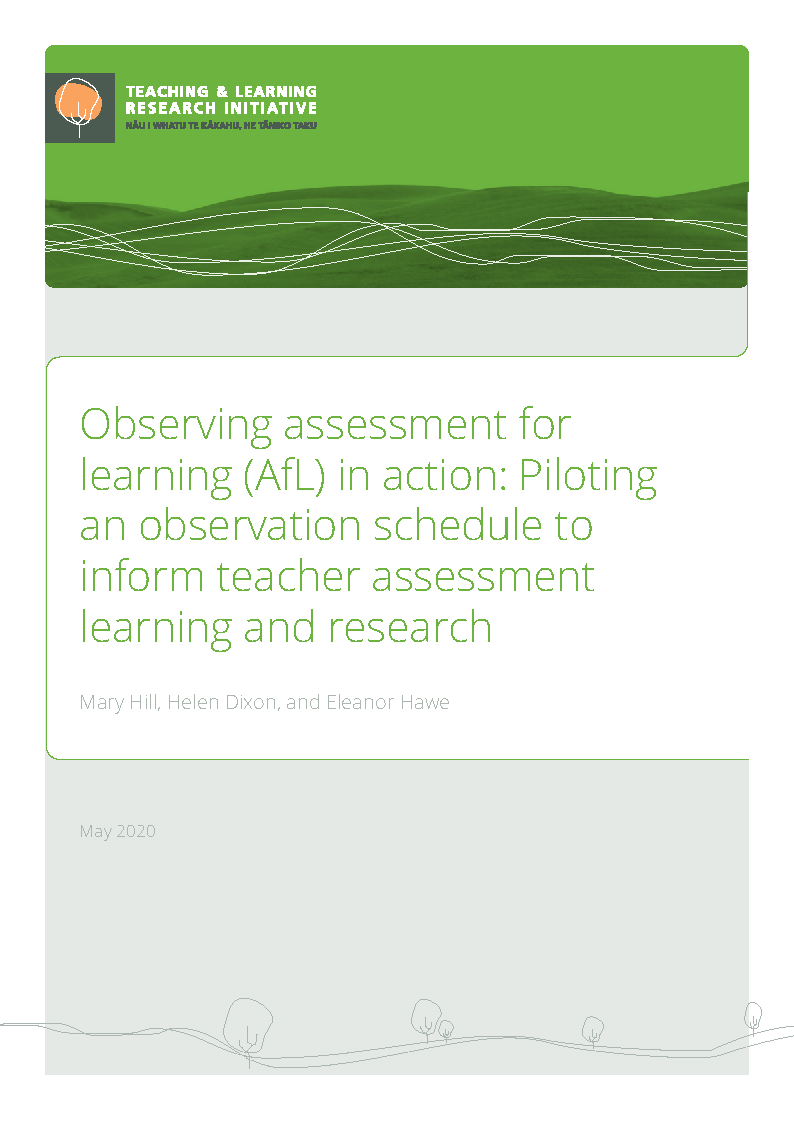
Observing assessment for learning (AfL) in action: Piloting an observation schedule to inform teacher assessment learning and research
1. Introduction In New Zealand we lack valid and reliable evidence-based schedules with which to observe teachers’ assessment for learning (AfL) practices. To date, classroom assessment observation schedules have mainly been derived theoretically, used in developing countries with conditions different from New Zealand classrooms (Kanjee & Hopfenbeck, personal communications), or restricted to particular curriculum areas such as science and mathematics (Ruiz-Primo, 2017), literacy (Parr & Hawe, 2009), and writing (Parr & Gadd, 2016). Some approaches follow particular interpretations of formative assessment and AfL (used synonymously in this report), such as those developed for professional development initiatives (e.g., Wiliam & Leahy, 2015). In this project we piloted and modified an observation schedule,

